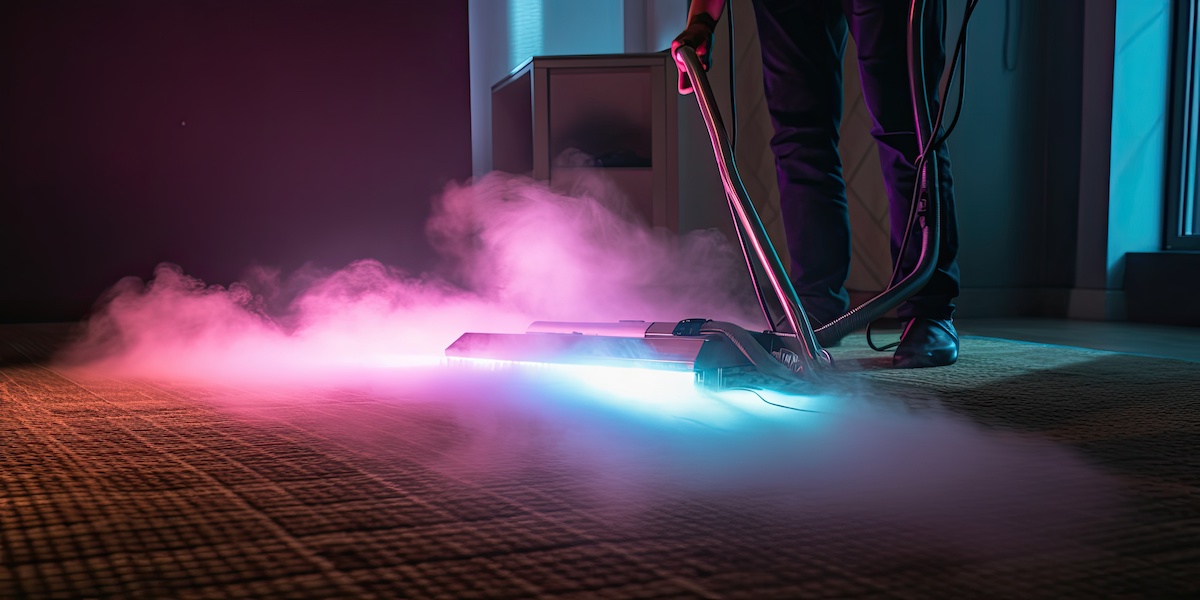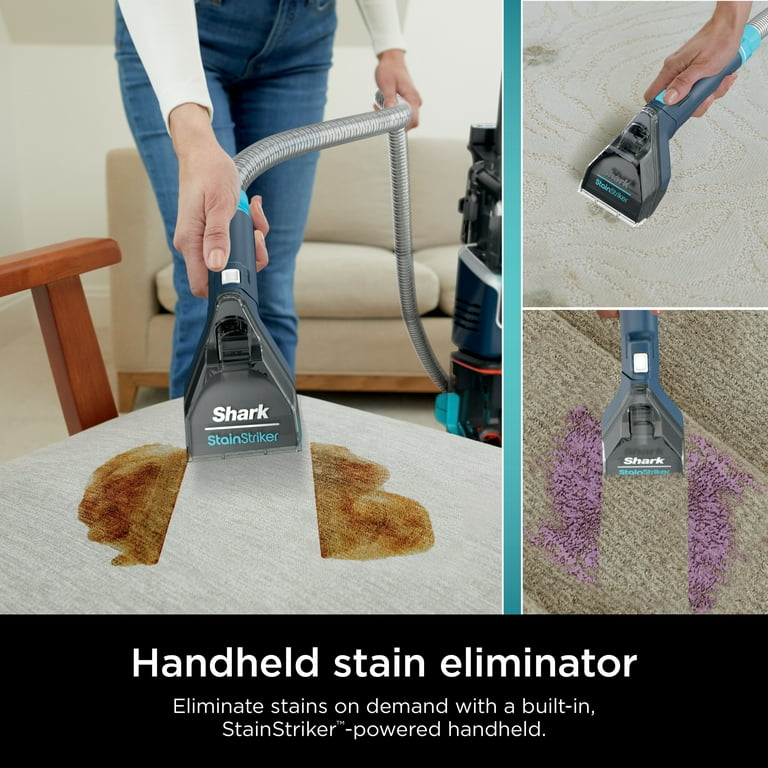Carpet Deep Cleaning: Renew Your Home with Expert Treatment
An Extensive Check Out Carpet Cleaning Kinds: From Heavy Steam Cleansing to Dry Cleaning, Which Technique Is Best for Your Needs?
When it pertains to maintaining the look and longevity of your rugs, picking the proper cleansing technique is extremely important. With alternatives varying from vapor cleansing, which masters deep sanitation, to dry cleaning strategies that satisfy delicate fibers, the decision can be complicated. Each method presents distinctive benefits and considerations that rest on aspects such as carpeting product and the degree of staining. Understanding these subtleties may disclose surprising insights that can substantially influence your rug care strategy, leading to a much more educated choice tailored to your certain needs.
Introduction of Rug Cleansing Techniques
While different rug cleaning methods exist, each method is developed to deal with details cleansing needs and carpeting kinds successfully. Comprehending these methods is important for choosing one of the most appropriate technique tailored to individual scenarios.
One of one of the most common techniques is dry cleaning, which makes use of minimal dampness and specialized cleaning compounds. This technique is specifically advantageous for sensitive carpeting fibers that may be harmed by extreme water (carpet deep cleaning). Another prevalent choice is warm water removal, typically referred to as steam cleansing, which utilizes warmed water and cleansing representatives to get rid of dirt and stains deeply ingrained within the carpet fibers
Encapsulation cleaning is one more contemporary technique, utilizing synthetic detergents that take shape dirt fragments. This approach is effective and reduces drying time, making it perfect for industrial setups. Furthermore, bonnet cleaning uses a rotary buffer with absorbent pads to raise surface area soil, frequently utilized in hotels and high-traffic areas for fast cleanings.
Eventually, the selection of carpet cleansing technique depends upon aspects such as rug type, level of staining, and preferred outcomes. By very carefully thinking about these companies, home owners and variables can guarantee the durability and look of their carpets.
Vapor Cleaning Explained
Among the most reliable carpeting cleansing methods is vapor cleaning, also understood as warm water extraction. This technique utilizes high-temperature water, typically heated up to about 200 degrees Fahrenheit, to pass through carpet fibers and loosen dust, discolorations, and allergens. The process starts with pre-treatment of greatly stained areas, complied with by the application of the warm water remedy. As the water is infused into the carpeting, it damages down the grime, enabling it to be effectively removed.
Heavy steam cleaning is especially efficient for deep cleansing rugs, as it not only gets rid of surface area dirt yet additionally removes microorganisms and allergen, contributing to a healthier indoor setting. The technique is ideal for various sorts of carpets, including those made from natural and artificial fibers.
After the extraction process, carpets may maintain some dampness; nonetheless, with correct devices, drying times can be significantly lowered. Normal steam cleaning can extend the life of rugs while boosting their look. In general, steam cleansing stands out as a thorough remedy for preserving tidy, fresh rugs, making it a preferred selection for both commercial and domestic settings.
Dry Cleaning Techniques
Dry cleansing methods offer a reliable option to traditional heavy steam cleaning, specifically for carpets that might be sensitive to dampness or require a quicker drying out time. This method makes use of specialized cleaning up solvents rather of water to eliminate dust and spots, making it ideal for delicate textiles and carpetings that could be damaged by extreme dampness.

One more strategy employs solvent-based cleaning remedies, which are related to the rug making use of a low-moisture method. This method decreases the risk of shrinking or shade bleeding while successfully raising stains.
Dry cleansing is especially helpful for business setups or homes with high foot web traffic, as it makes certain minimal disturbance. In general, these techniques give a reputable choice for keeping carpetings without the lengthy drying times connected with wet cleaning methods.
Contrast of Cleansing Approaches
When reviewing numerous carpeting cleansing approaches, it is important to evaluate the advantages and downsides of each method to figure out one of the most appropriate choice for certain demands. Heavy steam cleansing, commonly considered the most effective method, utilizes warm water removal to get rid of deep-rooted dust and allergens. However, it requires longer drying out times and might not be suitable for fragile rugs.
In contrast, dry cleansing techniques, such as encapsulation and bonnet cleaning, give quicker drying out times, making them easier for domestic settings. These approaches use minimal dampness, which lowers the danger of mold development however may not attain the exact same level of deep cleansing as heavy steam cleaning.
Shampooing is an additional choice, effective for surface area dirt but usually leaves deposits that can attract dust gradually - carpet and cleaning services. carpet deep cleaning. Additionally, it's labor-intensive and may need specialist intervention for extensive outcomes
Choosing the Right Technique
Choosing the ideal carpet cleansing approach depends upon several aspects, consisting of the sort of carpet, the degree of dirtying, and the wanted results. Different rugs, such as woollen, artificial, or all-natural fibers, react distinctively to different cleaning methods. For example, vapor cleaning, which uses warm water extraction, is efficient for artificial carpetings yet might harm fragile fibers like woollen.
The level of staining plays an important role in technique option. Greatly dirtied carpets might require deep cleaning methods like steam cleaning or encapsulation, whereas lightly soiled carpets might gain from less complex strategies such as completely dry cleansing or vacuuming.
Preferred outcomes likewise influence the choice of cleaning method. If quick drying out is a top priority, completely dry cleansing techniques are more effective, as they need very little wetness. On the other hand, if the goal is to remove persistent discolorations and irritants, heavy steam cleaning may be the much better option despite longer drying out times.
Inevitably, examining these factors helps experts and property owners make informed choices, making sure that the selected method not just cleans up effectively yet likewise preserves the honesty and durability of the carpet.
Conclusion
In verdict, selecting a proper carpeting cleaning method hinges on certain carpeting kinds and specific cleaning requirements. Steam cleaning provides deepness and cleanliness, while completely dry cleansing gives rate and convenience for moisture-sensitive materials.
